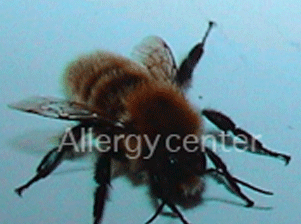Allergic rhinitis:
It is an inflammation of the nose due to allergic reaction which manifests itself by:
Itching of the nose
Runny nose
Repeated sneezing
Stuffy nose
Sometimes loss of smell, sleep disorders and impaired quality of life
These events are frequently associated with itching of the eyes, which become red and lose a lot of tears.
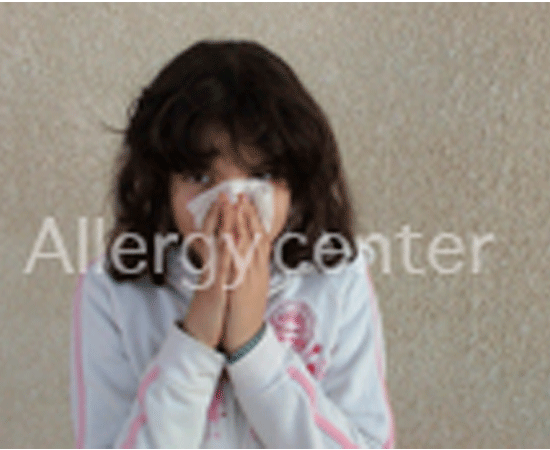
Allergic conjunctivitis :
They are associated with rhinitis in 50-90% of cases, they result from a hypersensitivity to an allergen conjunctival environment.
They manifest themselves by:
Especially itchy eyelids and inner corners, conjunctival redness, tearing, swelling of eyelids, foreign body sensation and photophobia
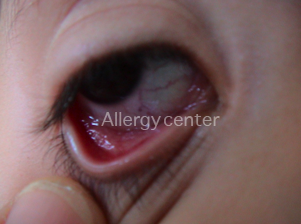
Asthma :
This disease is characterized by intermittent bouts of difficulty breathing, during which the patient will feel chest tightness, air hunger with a feeling of a locked chest, wheezing may be heard at a distance, anxiety and sometimes coughing.
These crises breathing difficulties occur most often at night or after exposure to allergens. Intensity is variable, as well as their duration.
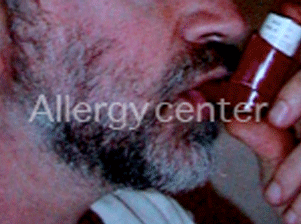
These asthma attacks are caused by muscle contraction and inflammation of the bronchi, the wall is narrowed, explaining the difficulty of the passage of air into the lungs.Bronchial muscle contraction may be secondary to exposure to the allergen or other factors such as exposure to pollutants, strong odors and atmospheric changes.
TUNISIAN CENTER FOR EXPLORATION OF ALLERGIC DISEASES
Food Allergies
Food can some people be recognized by the body as a foreign substance, against which the body can develop an immune response. The prevalence of food allergy is estimated at about 1% of the population, but in children it reaches 3% of the pediatric population.
Clinical manifestations vary from one patient to another:
Swelling of the lips, tongue, face and / or throat, angioedema, urticaria, rash, itching, eczema, diarrhea, vomiting, abdominal pain, rhinitis, breathing difficulties and shock state with risk of sudden death.
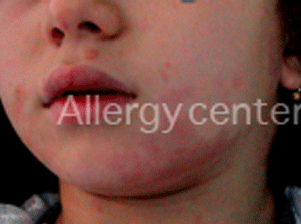
Drug allergies :
The drug allergy is related to the awareness of the body either directly by the drug itself is most often derived metabolites of the drug. It is seen in 10% of drug intake.
Events may occur during the first hours, days or weeks of treatment and may also occur after several previous treatments without allergic reactions. Several events may be suggestive:
Allergic reactions like anaphylactic shock can be fatal
Urticaria and facial edema
Digestive disorders (nausea, abdominal cramps, vomiting, diarrhea)
Respiratory (cough, difficulty breathing, sneezing, runny nose)
Pruritus, ocular redness
A more or less extensive eczema in extreme cases can evoke a burn.
The drugs in question are most penicillins, aspirin and nonsteroidal anti-inflammatory drugs. But any drug may be responsible.
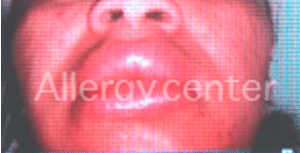
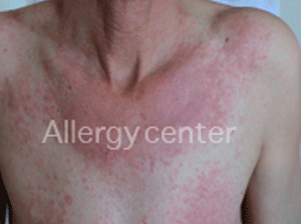
The contact dermatitis :
Contact eczema is a common disease secondary to contact with a product to which the patient is allergic.
Eczema is characterized by the presence of a red lesion with itching, followed by the rapid onset of vesicles and crusts overlapping.
Only the removal of the allergen can cure, which is why the practice of patch tests and patch tests with standard battery or extended battery in, is essential to identify the allergen.
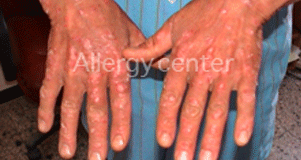
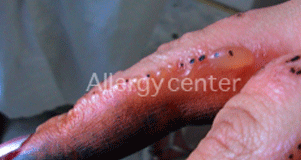
Urticaria :
Urticaria is a redness of the skin, most often formed multiple patches of red or pink, in relief, contours perfectly defined, smooth surface.Lesions migrate from one place to another.This redness is accompanied by itching fierce altering the quality of life of patients. Sometimes it is associated with swelling of the face, lips and eyelids and may even affect the tongue, uvula, vocal cords and larynx and cause asphyxia. Hives can last several hours to several days to disappear without a trace, it is called acute form which is the most known.
However, this may change hives over 6 weeks or recur repeatedly at short intervals. In the latter case, is called chronic hives.The causes of urticaria are numerous (food allergies, drug allergies, hives physical, infectious, neoplastic and systemic).
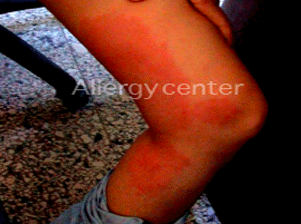
Atopic dermatitis :
Atopic dermatitis, also known as atopic dermatitis or atopic eczema is a relatively common condition especially among children, although this disease also affects adults.
It is the first marker of allergies. Typically, the disease begins after the age of three months.
The eruption is predominant in the face and the cheeks. The surface is dotted with erythematous vesicles and sluices after giving a serous ooze that turns into scabs. It associates with sores from scratching.
Other areas that may be affected face: buttocks, hands, limbs and earlobe. The overall condition is generally well preserved.
Lesions evolve through successive bouts separated by periods of recovery.
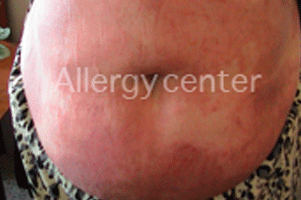
Allergies to insect venom:
It is caused most often by bee stings, wasps, hornets or bumblebees.
Clinical reactions are the most common local reactions that can be spread.
Systemic reactions such as generalized urticaria, angioedema, asthma, or even anaphylactic shock can be observed with the possibility of rapid death within minutes of the sting.
